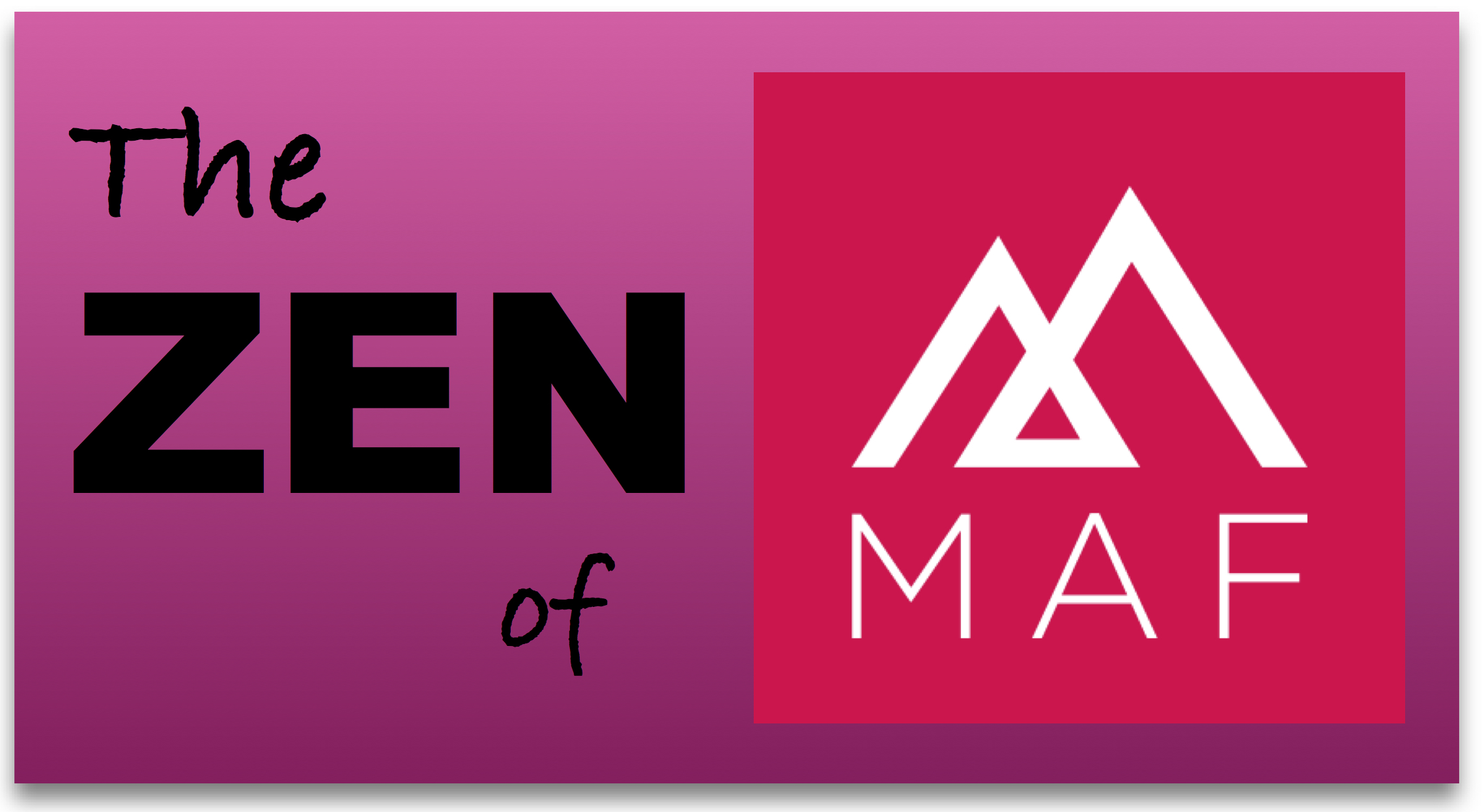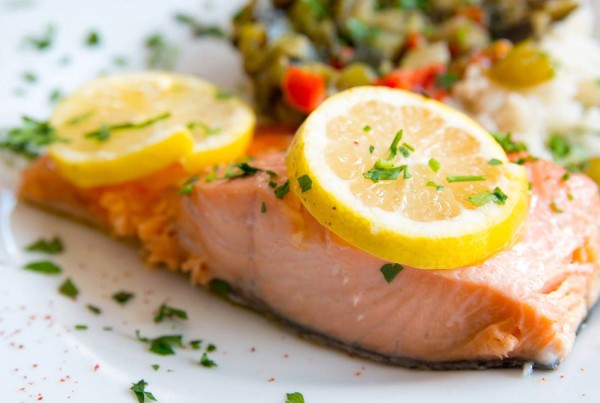
It’s somewhere over the rainbow — beyond 180, the Two-Week Test, and fat-burning.
Embracing the art and science of nature — of our very existence — is key to reaching optimal human potential. The MAF Method is merely a plan to help you get there.
The ultimate goal is to reach a point where your health and fitness become an intuitive lifestyle — this is the Zen of MAF. Whether we discuss our naturalistic philosophies, individualities, or some Easterly-Westerly balance, it is the same revelation, a complete compendium. However, we still must start at the beginning to get there.
MAF refers to maximum aerobic function, that unique human feature built into each of us. Unfortunately, the dark side always tries to cheat us into living alternative, unhealthy lives. Luckily we have big brains!
As individuals, we are unique among our peers, yet we are all the same small tribe, all cousins. We also have significant control of our personal lives in great part because of that amazing mind-blowing creative brain.
Yet, in just the past half-century massive poor health and fitness appeared, perhaps the culmination of the last 5,000 years of increasingly processed food and reduced physical activity.
Analogies of the Zen lifestyle have been used a lot over the years and decades, in sport and other illustrations of everyday life. Consider Zen in the Art of Archery, and Zen and the Art of Motorcycle Maintenance, along with hundreds of other books with Zen titles.
In his introduction to one of my early books, running philosopher Dr. George Sheehan wrote a brilliant reference to the Zen of MAF. A great believer in listening to our bodies, George referred to MAF as following the philosophy from the ancient Greeks, who emphasized cultivation of the self as part of their “art of existence.” He stated that popular health recommendations are obviously not enough for better health and fitness, and that a return to basic principles and personal responsibility is necessary in order to truly live the athletic life.
That athletic life is one humans were born to live. Everyone is an athlete.
Self-health and fitness care is a fundamental part of the Zen of MAF. We are all our own Zen masters. So there is no training schedule, no diet, no off-the-shelf remedy. Just imagination and knowledge, combined with creativity. You may surpass the abilities of your teacher, reach a deeper understanding — and even be able to get rid of your heart rate monitor, as you’ll know each heart beat.
While Zen is often associated with spiritual connections, I prefer to not limit it, and instead define it as our natural human existence, our “deepest values and meanings by which people live” (from Philip Sheldrake’s 2007 A Brief History of Spirituality and David Ray Griffin’s 1988 Spirituality and Society). And, we don’t have to stop to go meditate somewhere — we can mediate here, there, and everywhere, 24-7 if desired.
The surprising history of MAF philosophy goes back millions of years, conceptually. In the Western world, Socrates was one of the early Zen Masters. From evidence-based and critical thinking to reasoning and analyzing, MAF sometimes seems counter-intuitive compared to current lifestyle trends, until our creative brains clear away the clutter. (Consider such foundations as train slow to get fast, or eat fat to get slim.)
For me, developing the concepts of MAF began during high school. Even though I would sometimes be called by the nickname, “Maf,” it would be years later that I combined the logic and holistic thinking, then incorporated lifestyle into a clinical and scientific approach that helps improve and preserve health and fitness.
Understanding the concept of MAF is to understand the deeper realities of humanity. This includes our physical, biochemical and mental-emotional aspects. It is to think systematically while seeing the big picture of our world. It’s a simple concept, with detailed complexities that expand the mind.
The concepts of human health did not just appear, but were probably developed thousands of years ago through intuition and instinct, then were pondered, experimented with, discussed, and eventually written about only after becoming traditional.
Thus the natural application of MAF is eons old — humans lived it from the beginning. MAF was, and is, purely human, performing optimally through a finely developed brain and body, utilizing the natural foods and exercise that were essential. Here’s the first few sentences from the latest writing on MAF appearing in the journal Frontiers in Physiology (2020):
“The earliest humans relied on large quantities of metabolic energy from the oxidation of fatty acids to develop larger brains and bodies, prevent and reduce disease risk, extend longevity, in addition to other benefits. This was enabled through the consumption of a high fat and low-carbohydrate diet. Increased fat oxidation also supported daily bouts of prolonged, low-intensity, aerobic-based physical activity.”
My earliest ideas of MAF began as a blurry big picture, a philosophy, imagined long before beginning its compilation, organization, and building the details into a clinical reality. While these ideas focused on nature and emphasized holism, it was also understood that optimal human potential combined brains of geniuses and bodies of champions. Each of us is in charge of our individual self.
George Sheehan’s introduction ends with this: “Phil not only teaches us how to be athletes but teaches us how to teach ourselves to be athletes. Ultimately, we must become our own individual coaches in this common goal. But first we must be convinced of the importance of everything we do — to or with our bodies. Our bodies are us. Our lives are our bodies in action. So we must live at the top of our powers.”
So chill. Be cool. Have fun. Be your own Zen Master. And most of all, be human. There is still so much to learn, in all we do — and in some things we don’t do.
Reference
Maffetone P, Laursen P. Maximum Aerobic Function: Clinical Relevance, Physiological Underpinnings, and Practical Application. Front. Physiol. 2020. doi.org/10.3389/fphys.2020.00296.








